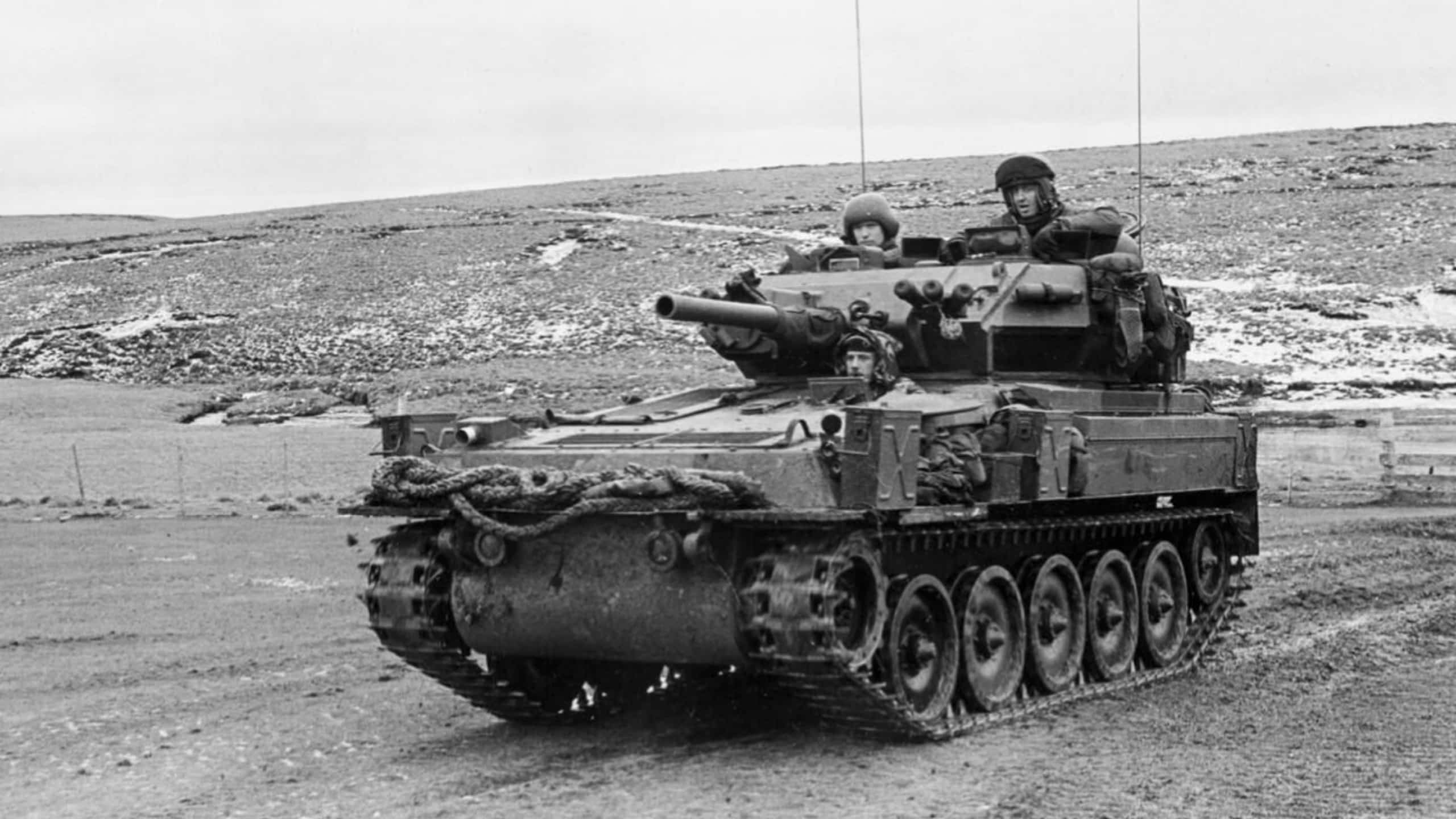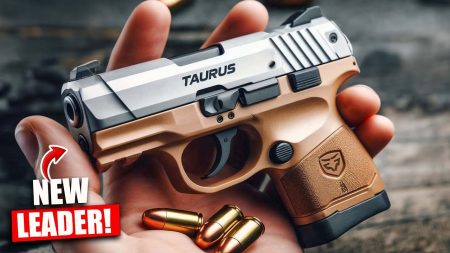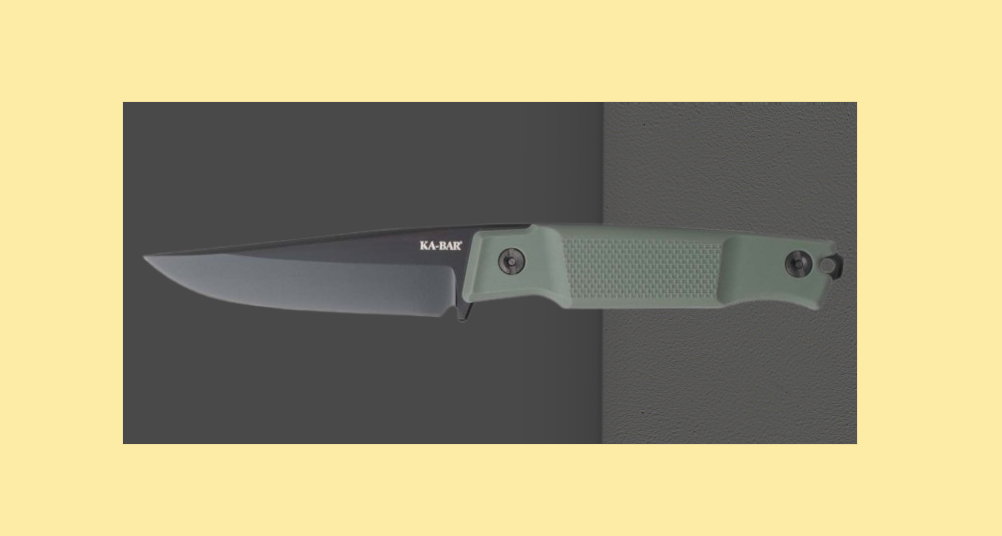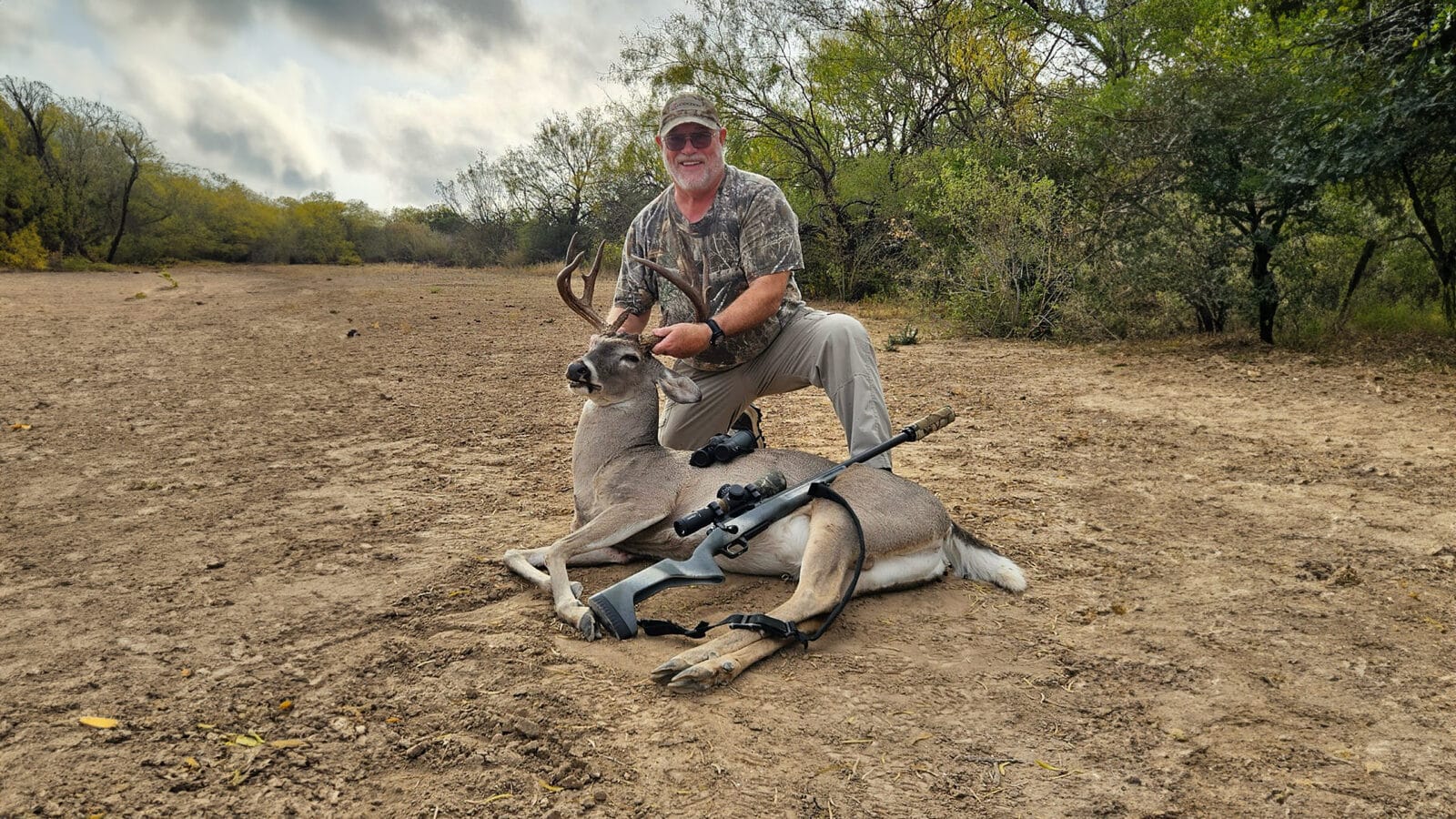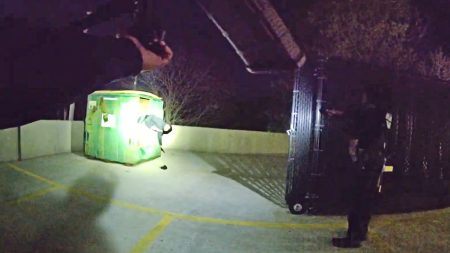In the middle of the Cold War, the British Army needed an armored vehicle that could easily be airlifted to conflict zones around the world. The result was the FV101 Scorpion, a light tank and tracked reconnaissance vehicle fitted with a 76mm main gun and aluminum armor.
Today, I’ll give you a quick glance behind the curtain into the sausage factory that is gun-writing, at least my greasy little corner of it. I have a pretty sweet gig. I maintain two full-time jobs. I have to weaponize some fairly ghastly insomnia to get there, but when life gives you lemons, go buy a bunch of guns.
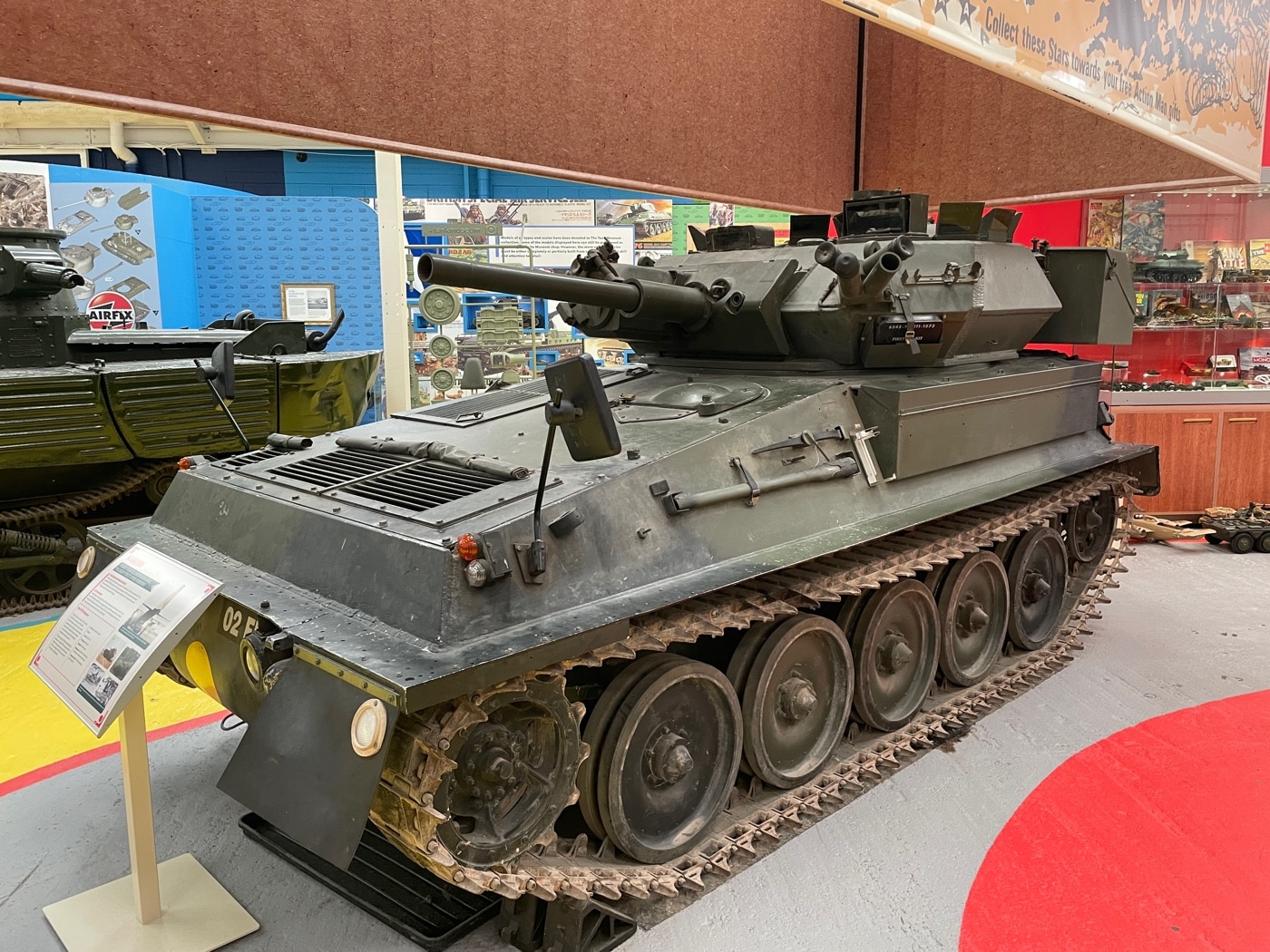
My medical clinic feeds my family, while my writing gig keeps my toy addiction stoked. If I spend my writing money on stuff I write about that also substantially decreases my tax burden. I didn’t make the rules, but for a chronic insomniac, it’s likely healthier than watching infomercials at 0400 every morning.
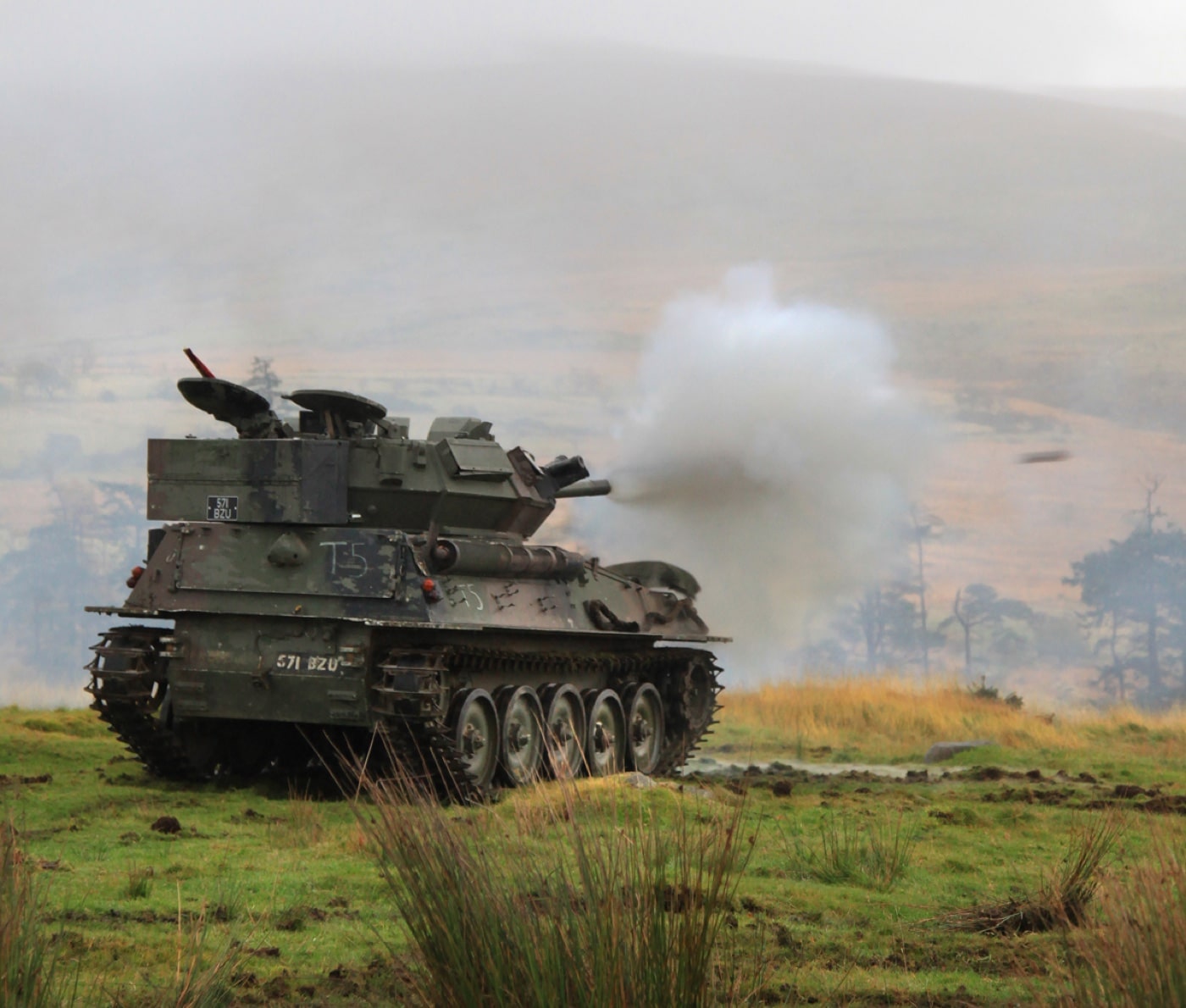
I’ll typically set my sights on some ridiculous man-centric conquest and then scrape for months to years until I can make it mine. So it was when I tripped over a fully restored British Scorpion light tank for sale in Virginia. I coveted that bad boy in ways that flirted with unseemly.
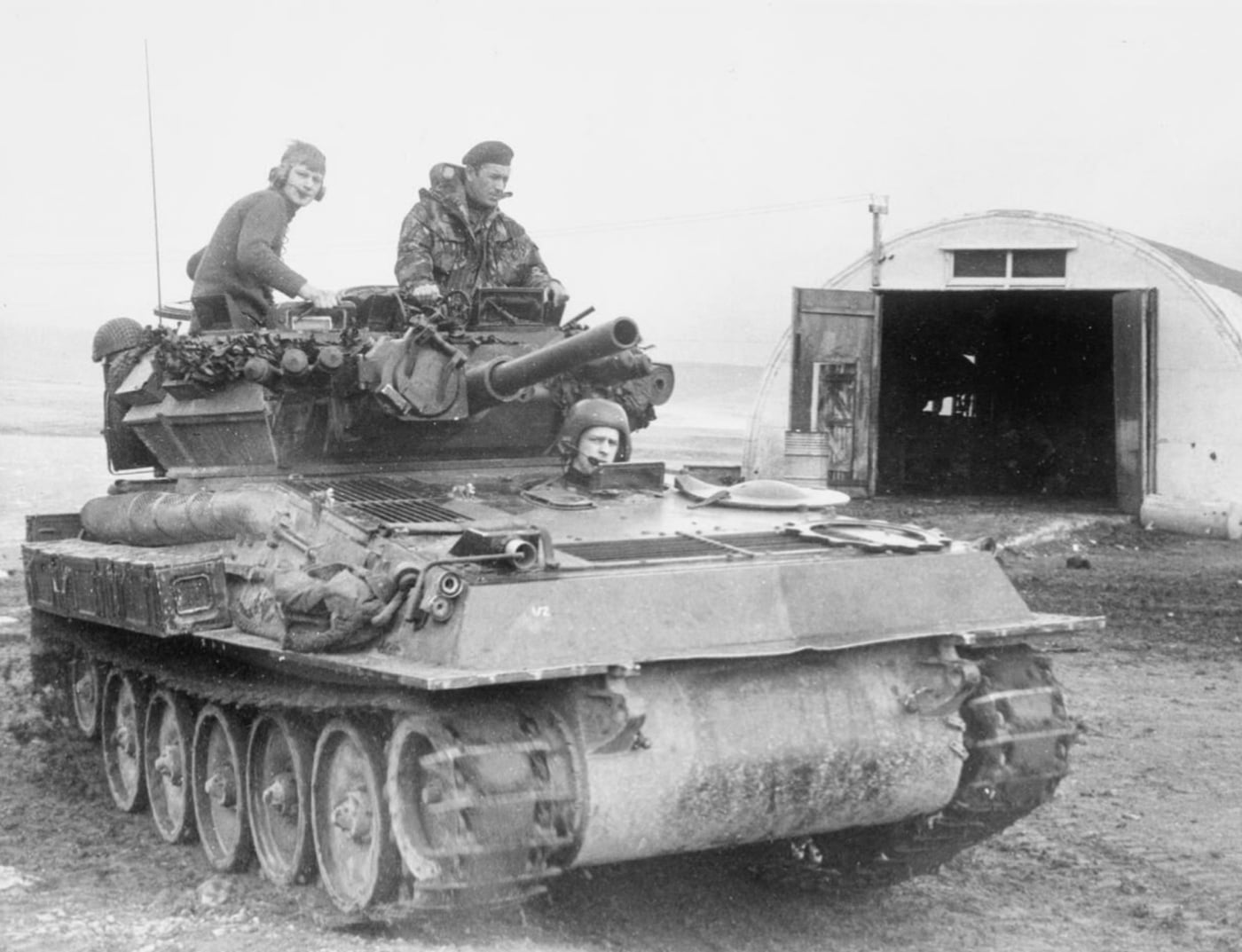
And So My Scorpion Dream Dies…
I live on a modest rural farm and have the space to exercise it. This particular Scorpion was powered by a commercial Jaguar engine, so I could technically find parts at the local AutoZone. I scraped up the cash and found a buddy with a low-boy trailer he’d loan me for the pickup. All that remained was to convince my bride that adding a tank to the Dabbs family survival enclave would be a good idea. She shut that right down. Despite my most charming and vociferous efforts, there was no dissuading her.
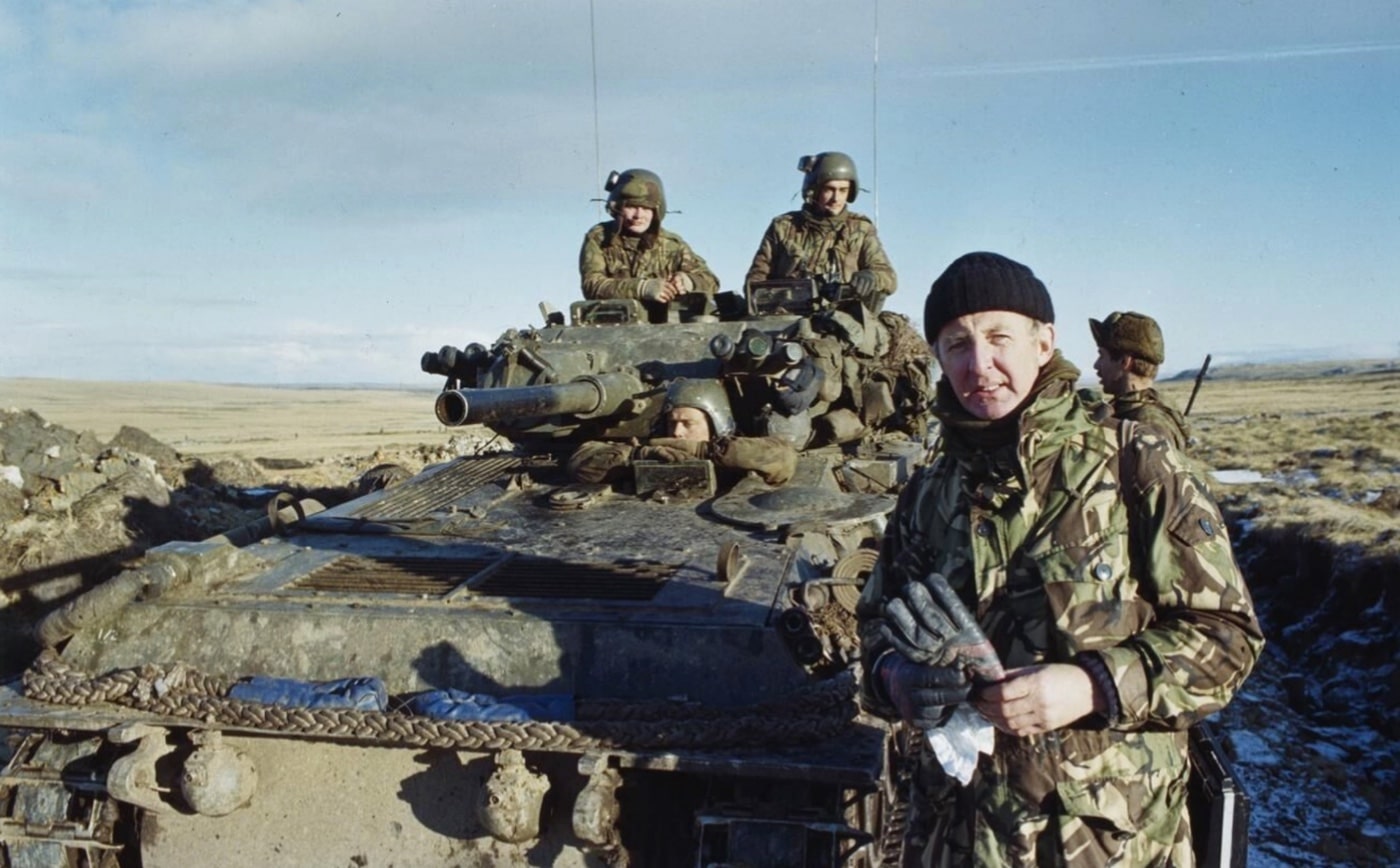
I moped around a bit, but it was likely all for the best. While parking an operational tank in the yard would have looked inimitably cool, the thought of trying to maintain an 8-ton armored vehicle powered by a finicky British sports car engine does indeed seem just a wee bit impractical. Keeping a vintage 1979 Jaguar Xj12 sedan humming along sounds hard. Now make that a 17,800-pound tank, and we faced the very real probability of creating an unsightly inert bit of martial lawn décor. Regardless, thus died my dream of owning a real tank. I will forever ponder what might have been…
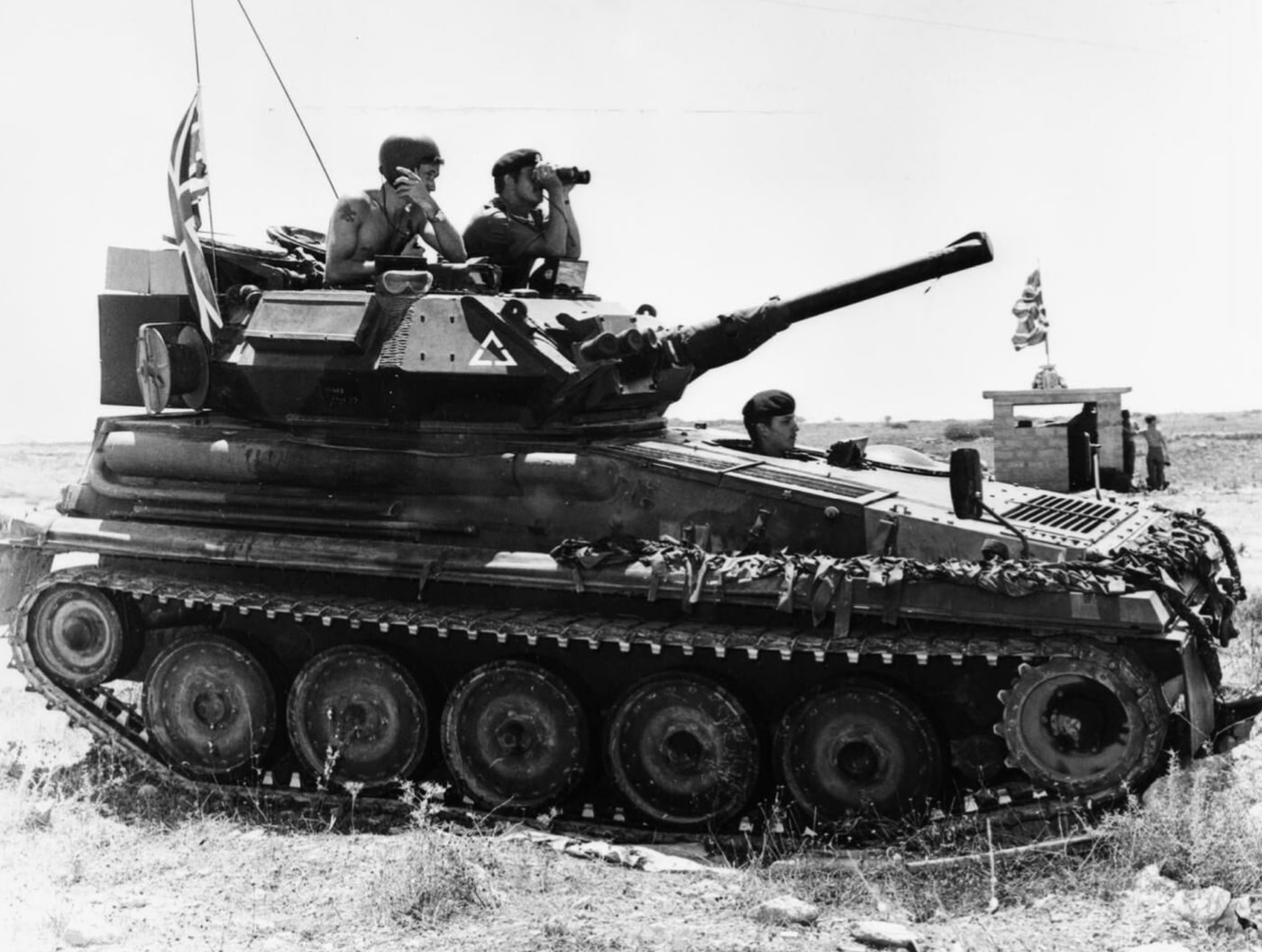
About the FV101 Scorpion
The FV101 Scorpion light tank is one of a family of vehicles produced by the British starting the 1970s. The clan was known as the CVR(T) or Combat Vehicle Reconnaissance (Tracked). Other examples included the Striker, Spartan, Samaritan, Sultan, Samson, Scimitar, Saber, Sturgeon, and Stormer. These vehicles used a great many common components for ease of maintenance. The total production run was around 3,000 Scorpion vehicles.
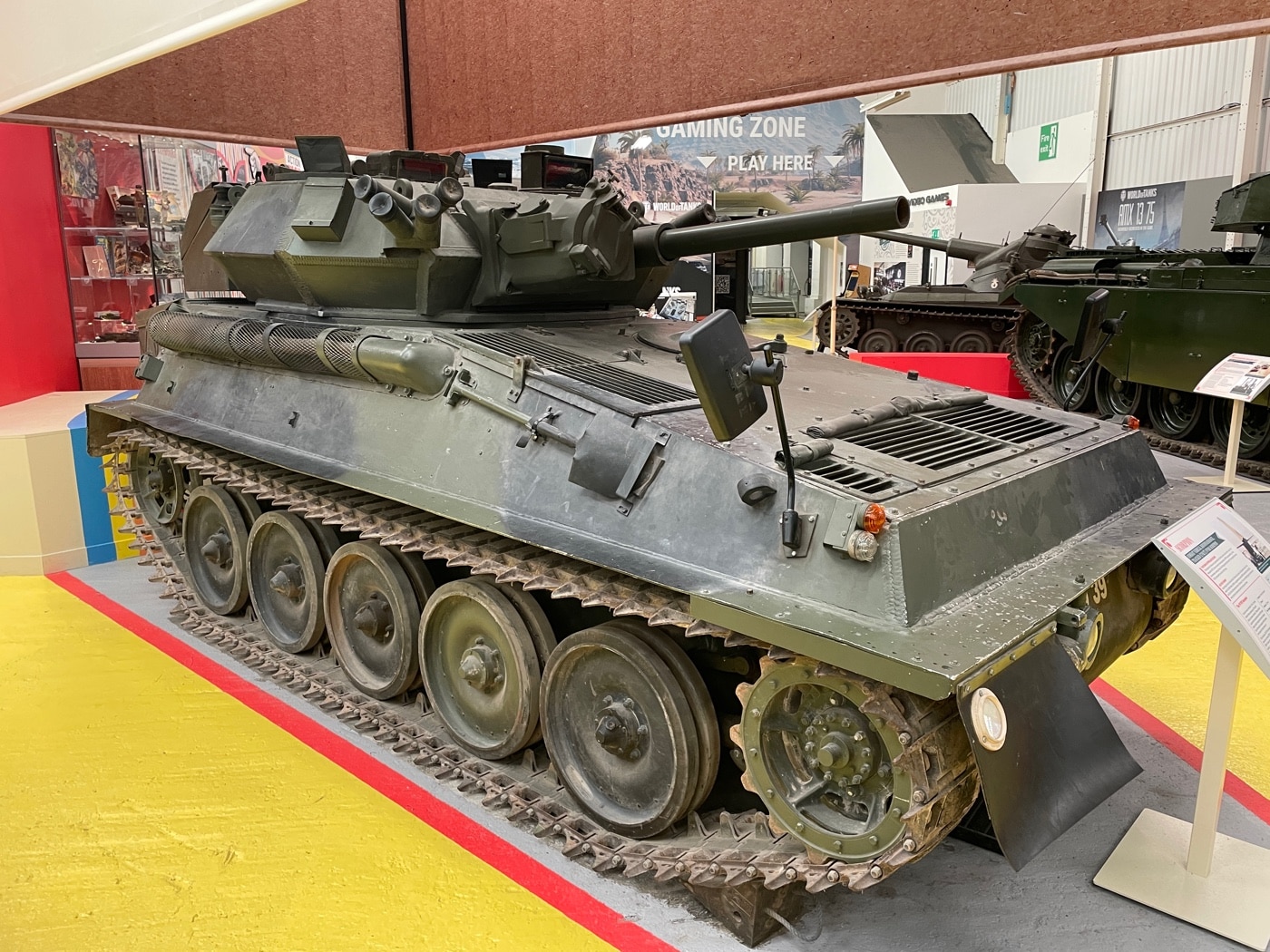
The Scorpion was introduced in 1973 and withdrawn from service with the British Army in 1994. The Scorpion’s relatively light weight made it air transportable. Two Scorpions could be safely moved inside a single C130 Hercules. It’s modest dimensions and availability make it one of the most desirable true tanks among hard-core modern militaria collectors. The Scorpion sported a crew of three and holds the Guinness Book world record for fastest production tank with a verified top speed of 51.1 miles per hour.
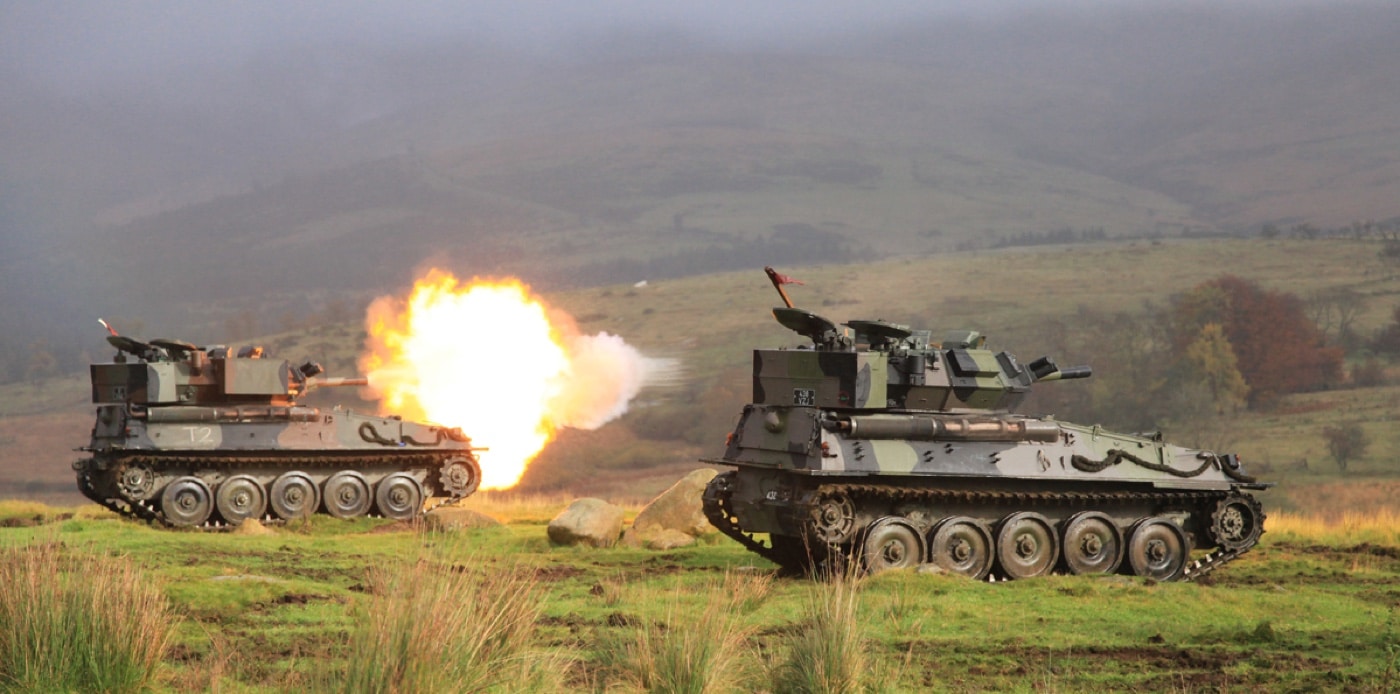
Details
The Scorpion was originally powered by a Jaguar J60 Mk 100b 4.2-liter petrol engine. Many of these original engines were later replaced with either Perkins or Cummins diesels. When equipped with flotation screens, the Scorpion could traverse water obstacles. Maximum water speed was 3.6 mph.
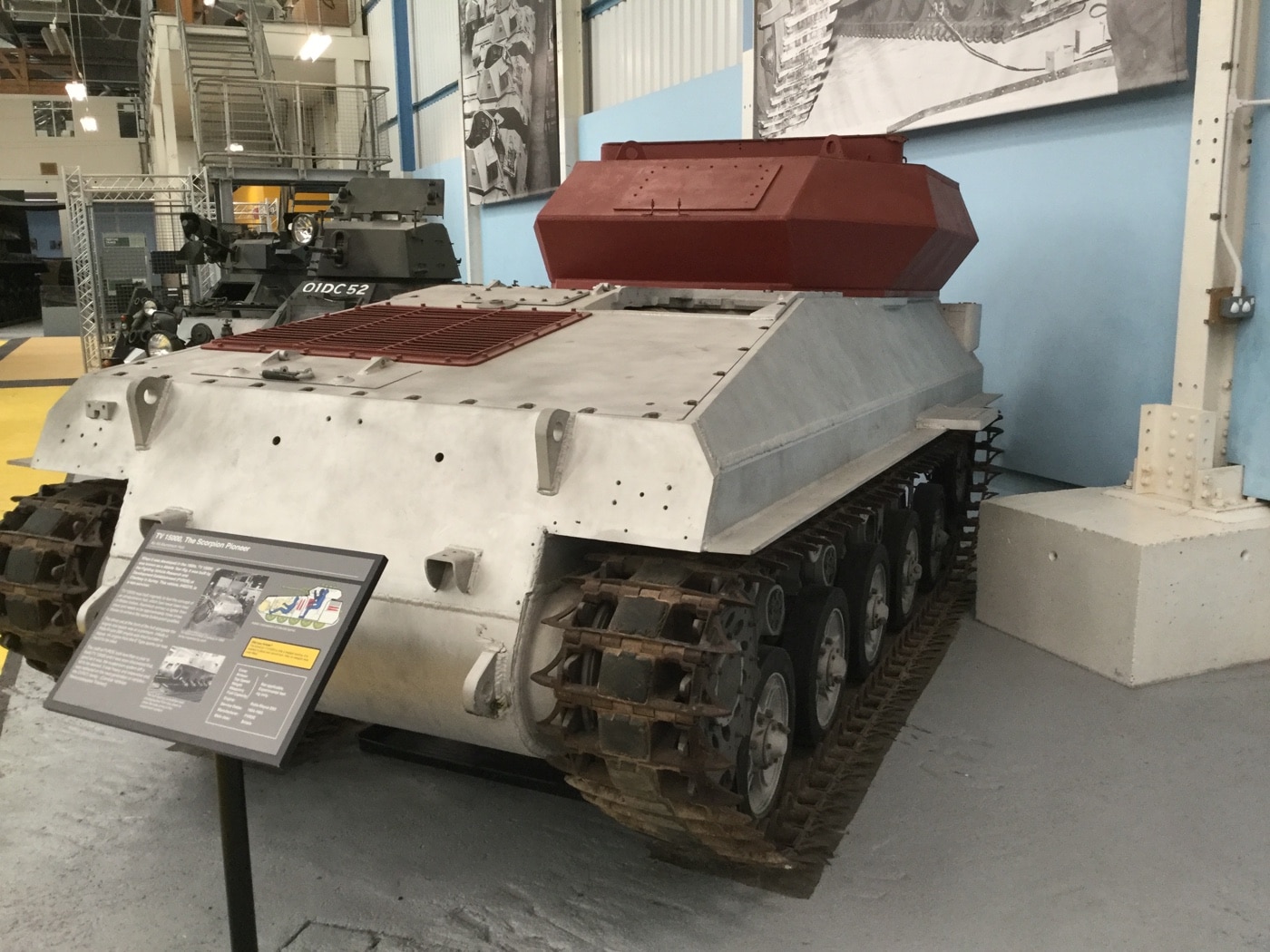
Two of the three crewmen were stationed in the turret to manage the Scorpion’s weapon systems. Primary armament was a 76mm low-velocity L23A1 gun. There was stowage for around 40 rounds. There was also an L7 version of the FN MAG gun mounted coaxially with space for 3,000 rounds of 7.62x51mm NATO ammunition. A second MAG could be mounted externally on a pintle mount.
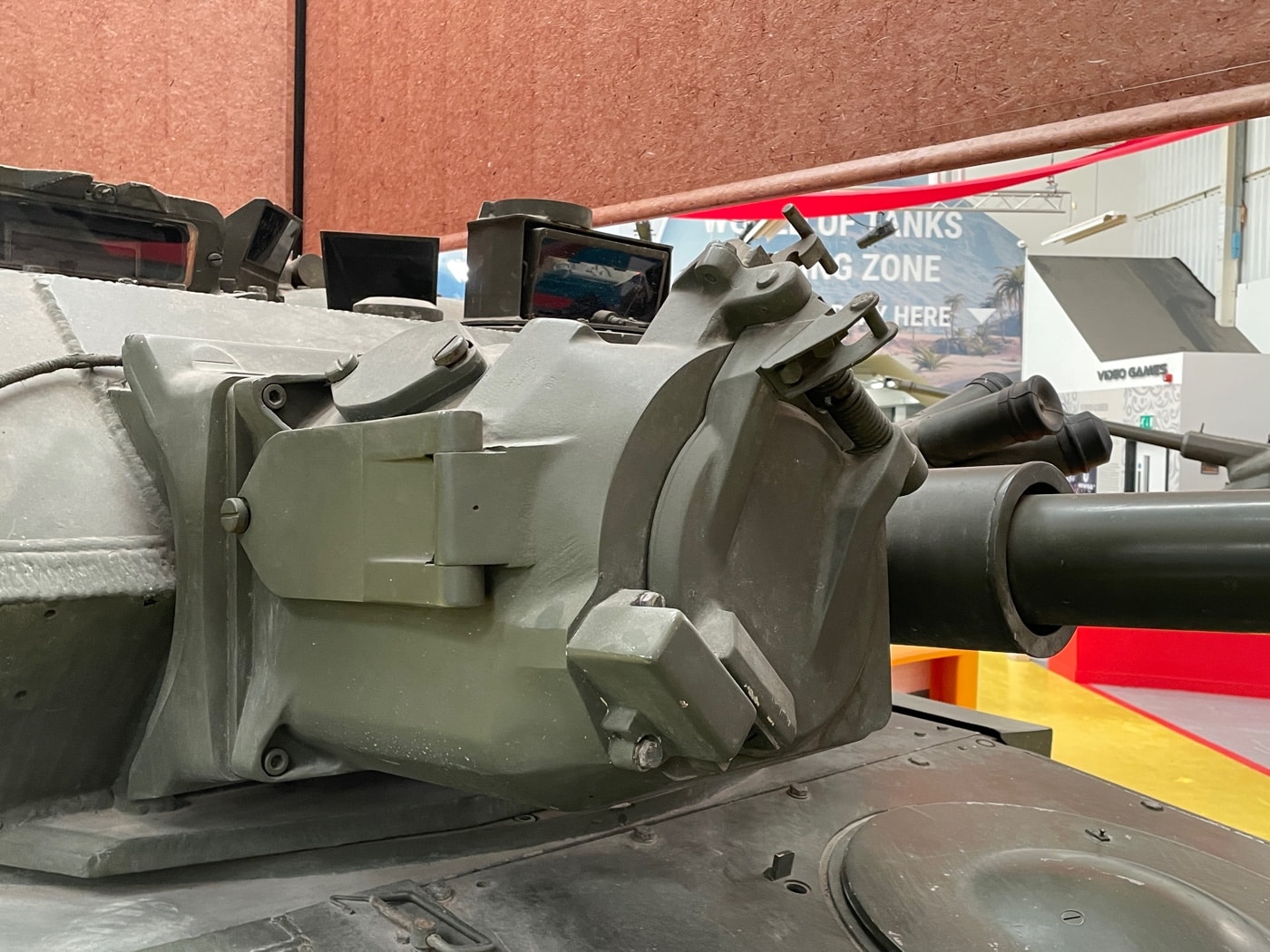
Curiously, the Scorpion turret was hand-cranked. This made fluid engagements fairly laborious but optimized both interior space and production cost. The interior of the Scorpion was notoriously cramped. The driver’s position in particular required a bit of contortion to get into and out of.
Like the workhorse American M113 armored personnel carrier, the Scorpion employed aluminum armor to help save weight. Given the sloped nature of the design, this provided an average of around 25mm of aluminum armor protection. This was proof against 7.62mm rounds from all aspects and 14.5mm projectiles along the vehicle’s frontal arc. NBC protection and a built-in image intensifier night optics system enhanced the Scorpion’s capabilities. Being that it was a British vehicle, it even had a built-in tea kettle and a toilet.
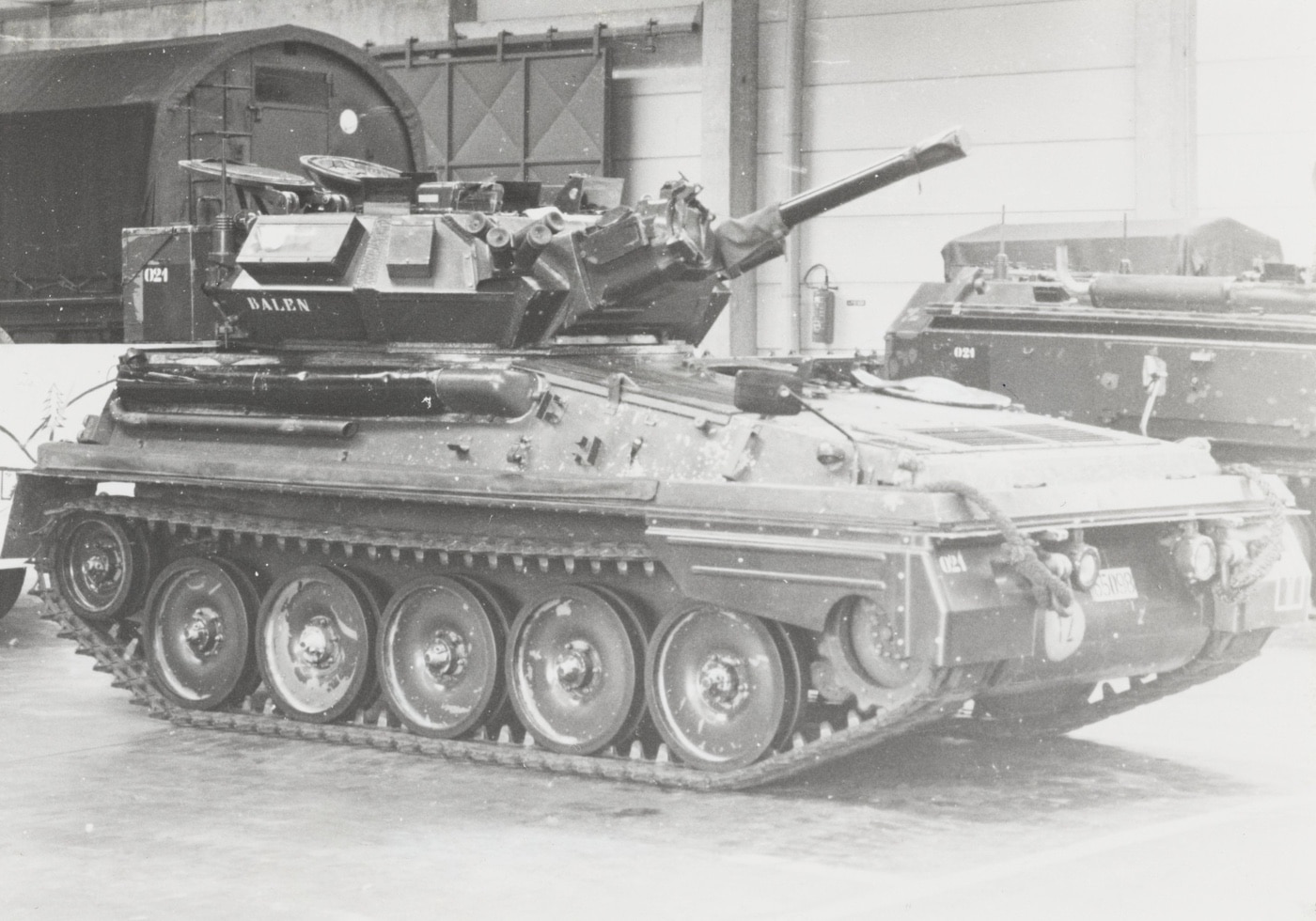
Combat Use
The Scorpion was used extensively by British forces and was also widely exported. The Iranians bought 250 copies in the 1970s. Many of them are still wheezing along in Iranian guise even today. The type also saw service with the militaries of Belgium, Botswana, Brunei, Chile, Honduras, Indonesia, Ireland, Jordan, Malaysia, New Zealand, Nigeria, Oman, Philippines, Spain, Tanzania, Thailand, Togo, the UAE, and Venezuela.
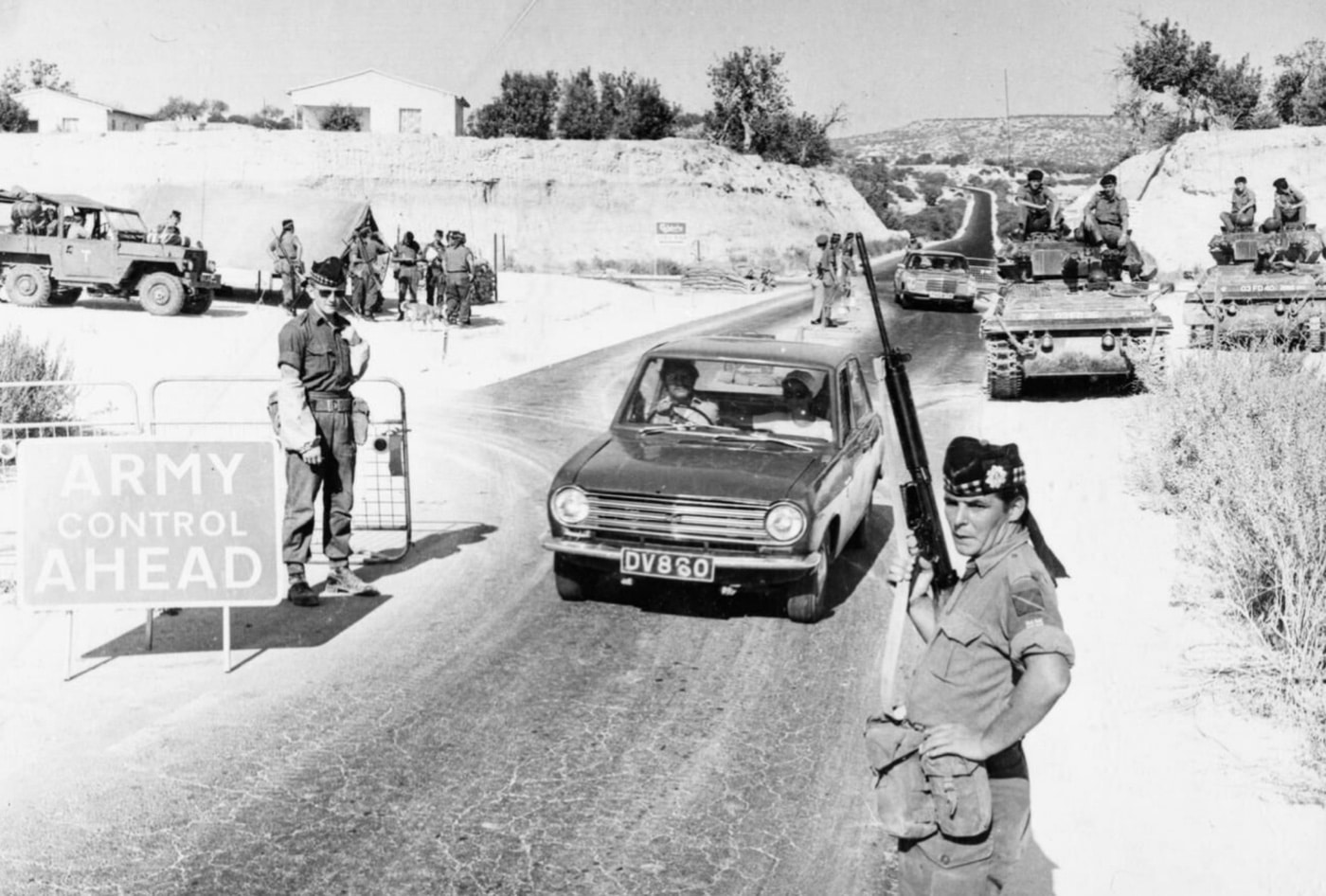
The British employed the Scorpion during the 1974 Turkish invasion of Cyprus, the 1982 Falklands War, and the First Gulf War in 1991. The vehicle’s light ground pressure and blistering speed served as great benefits in both the soft marshy spaces in the Falklands as well as the powdery Middle Eastern desert. The Scorpion also saw fairly widespread combat action in Iranian hands during the Iran-Iraq War.
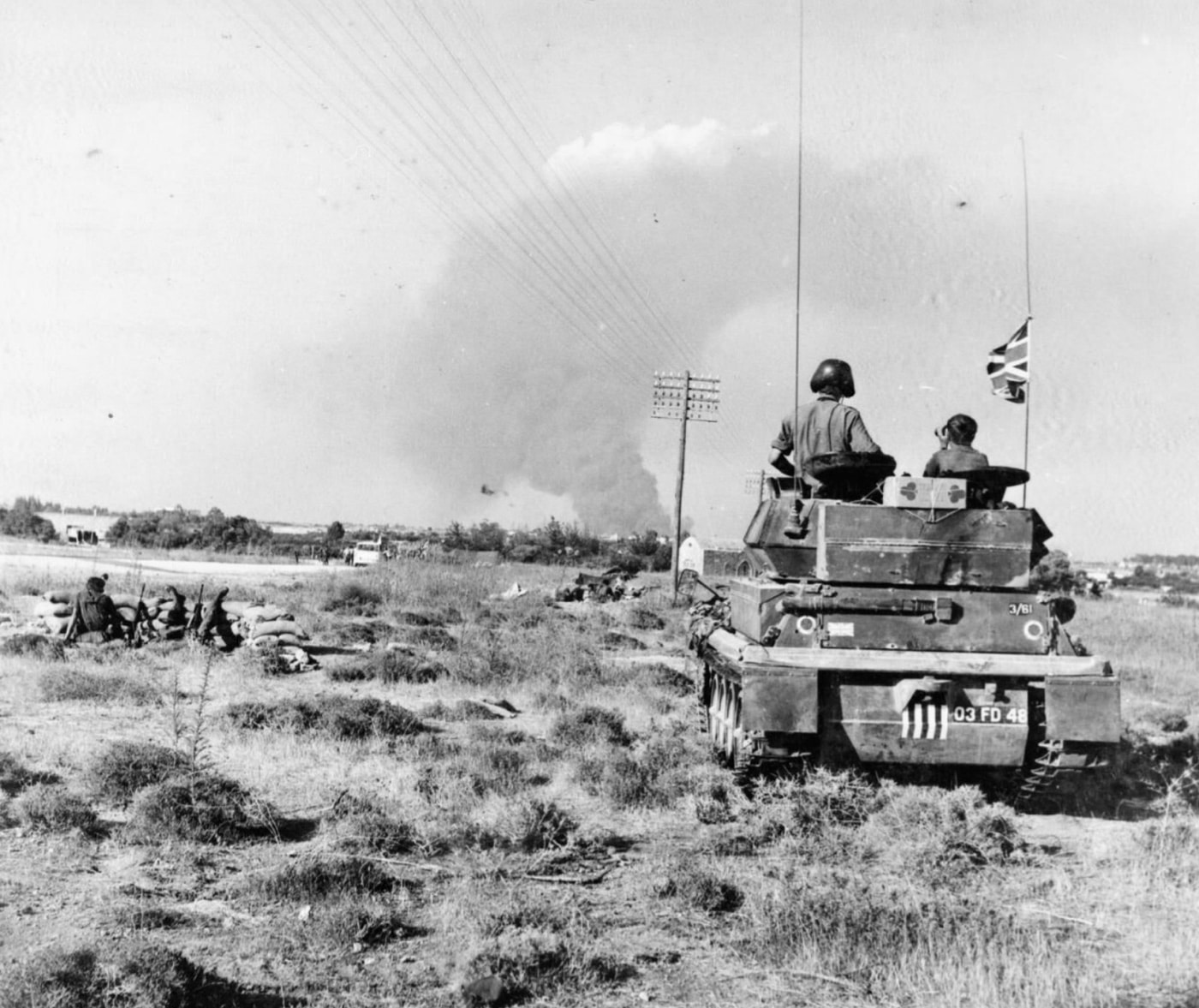
For its intended mission, the Scorpion was superb. By maximizing its speed and mobility, the Scorpion offered a measure of protection from small arms and shell splinters to reconnaissance troops pushed forward to gather intelligence on enemy disposition and movements. However, the Scorpion never was a true main battle tank. When faced with Centurions, T62’s, T-72’s, and the like, the Scorpion was fairly easy meat.
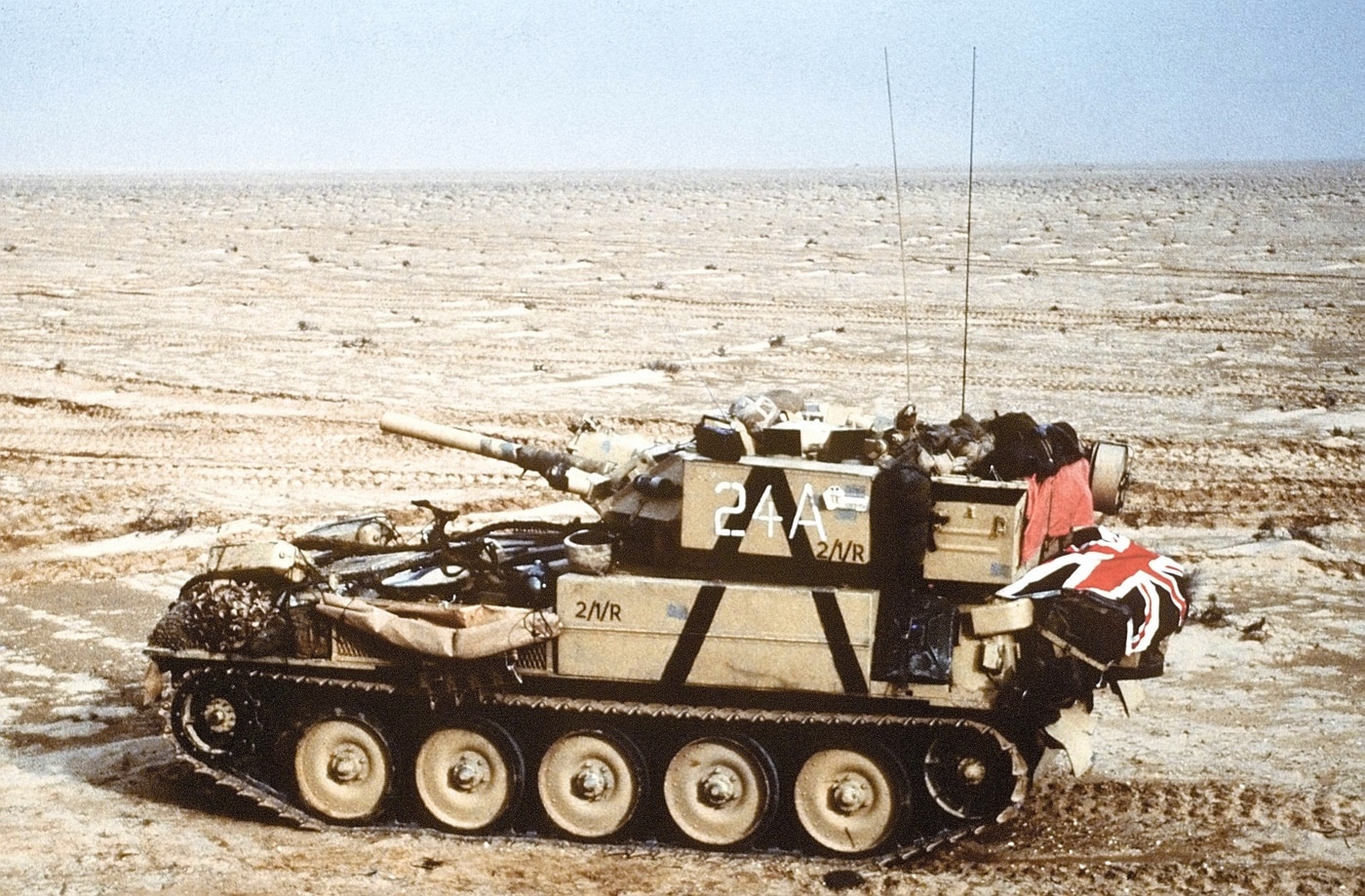
Ruminations
I have actually had the privilege of clambering around inside a Scorpion before and absolutely loved it. Tragically, I just didn’t get to take it home when I was done. Just typing these words makes me wish my own tank saga had gone a different direction. If it’s possible for a war machine to be categorized as adorable, the FV101 Scorpion earns that moniker.
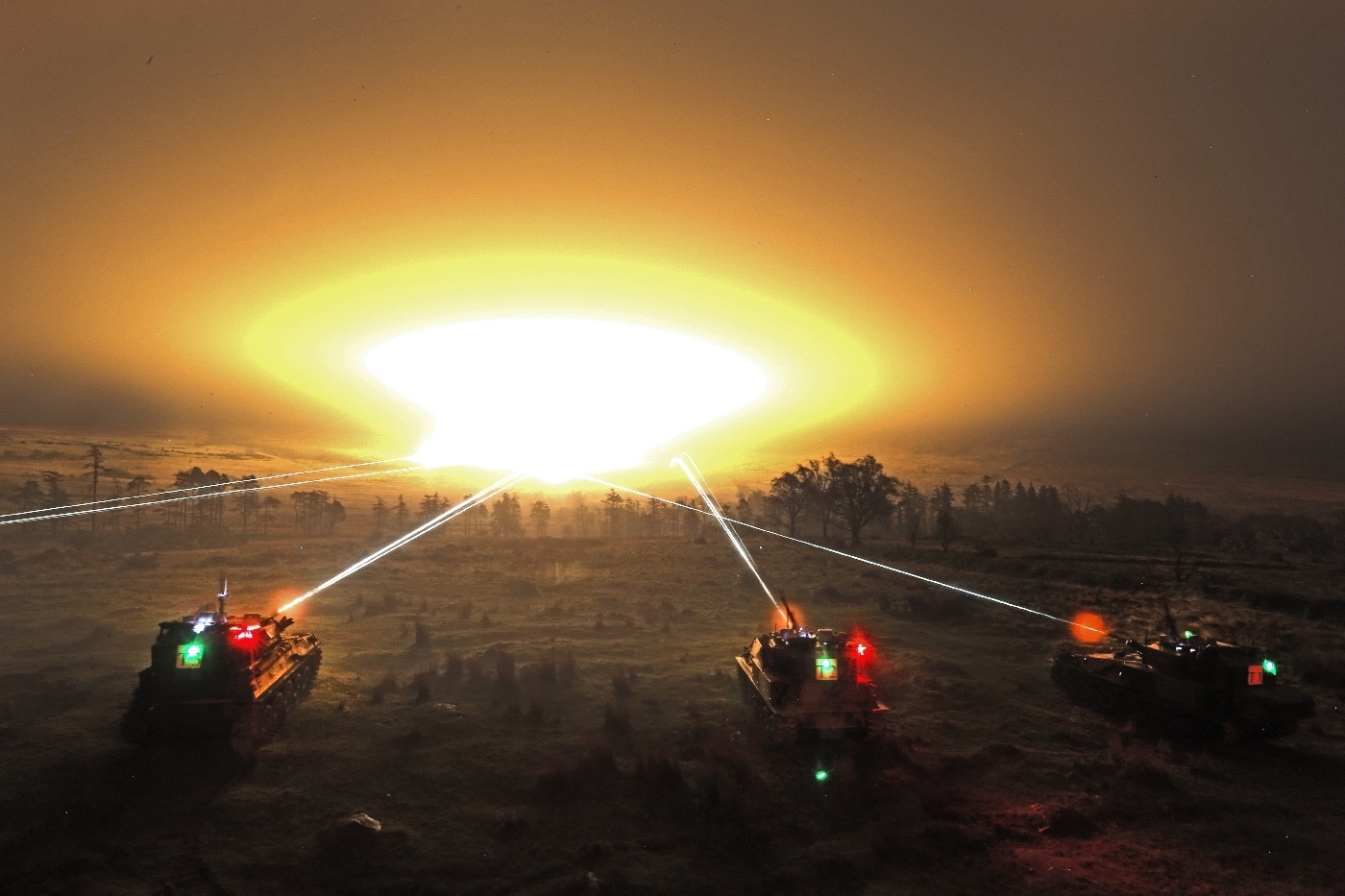
Fast, light, modular, and well-reasoned, the Scorpion was and is the ideal recreational tank. In the modern era of drones and ubiquitous smart fire-and-forget anti-armor systems, the Scorpion would understandably struggle. However, for a gun nerd aspiring to take his addiction to the next level, that gorgeous Scorpion that was calling my name in Virginia was the golden ring. Tearing about the Mississippi countryside in that rascal would have been pretty freaking awesome.
Editor’s Note: Please be sure to check out The Armory Life Forum, where you can comment about our daily articles, as well as just talk guns and gear. Click the “Go To Forum Thread” link below to jump in!
Join the Discussion
Read the full article here







